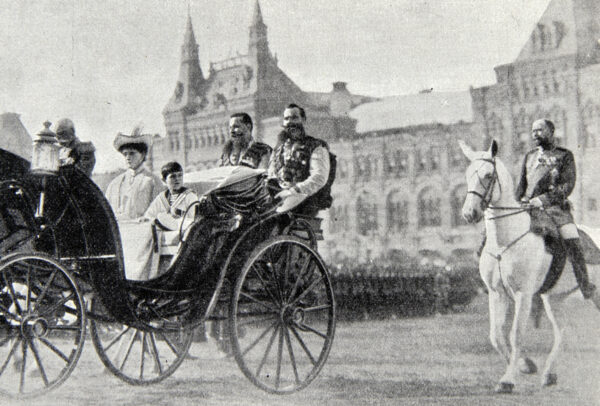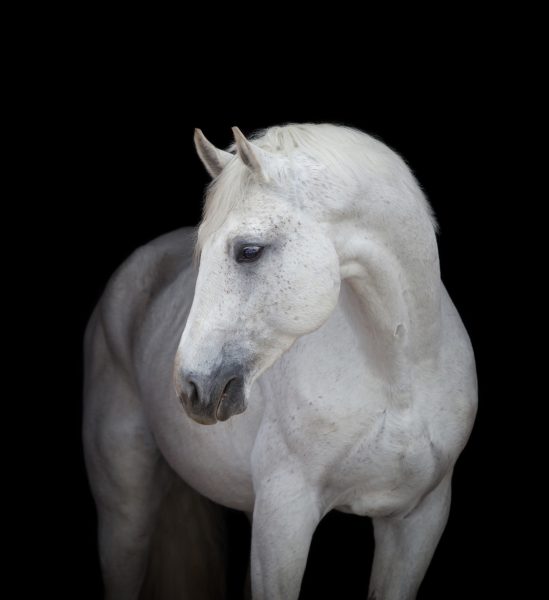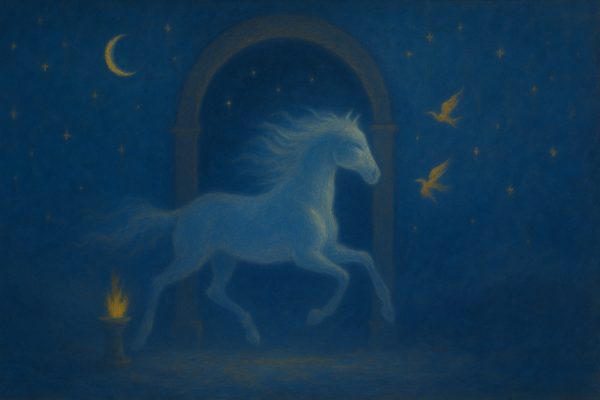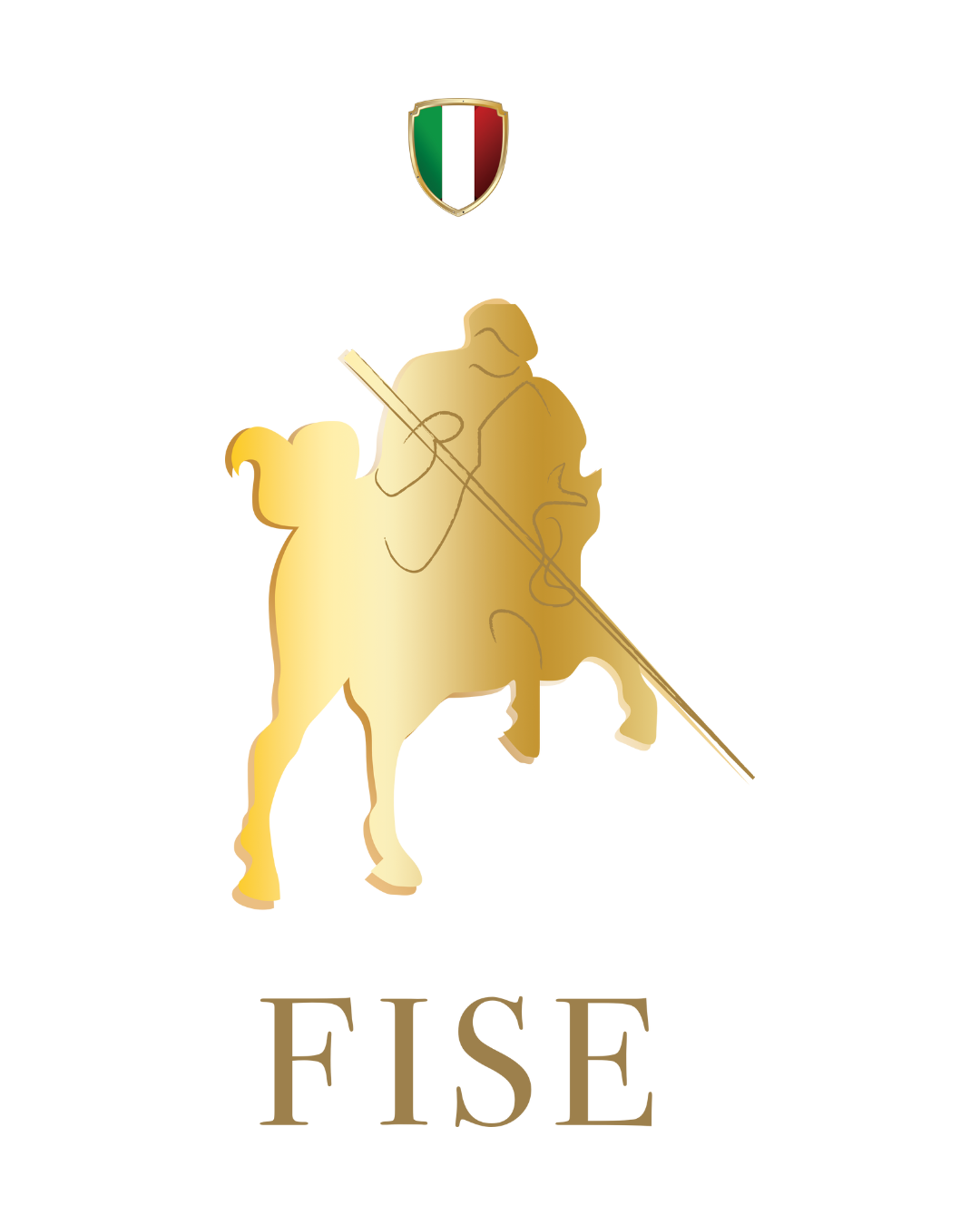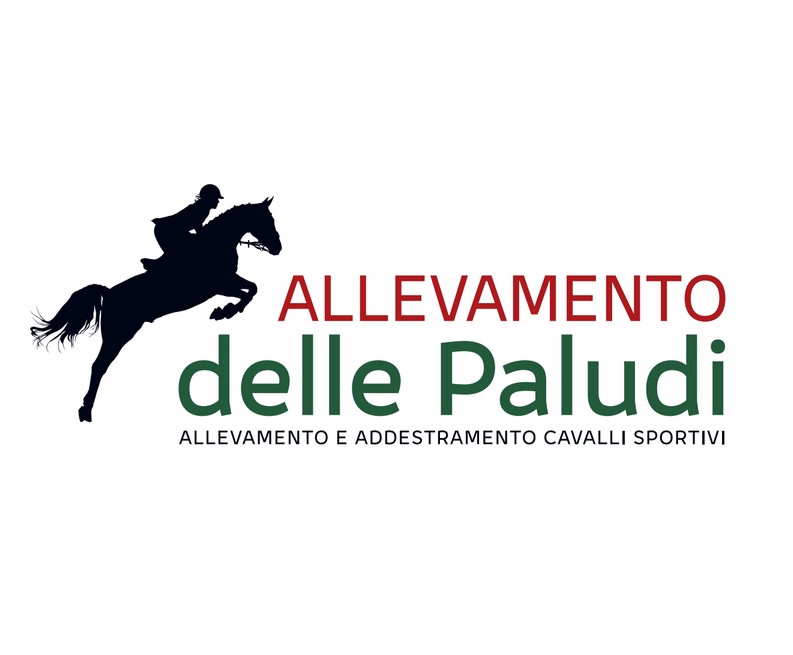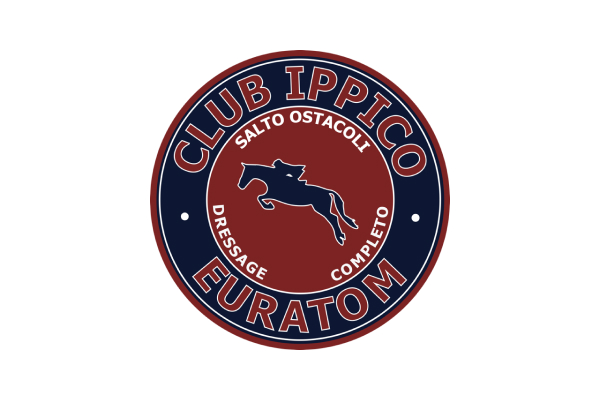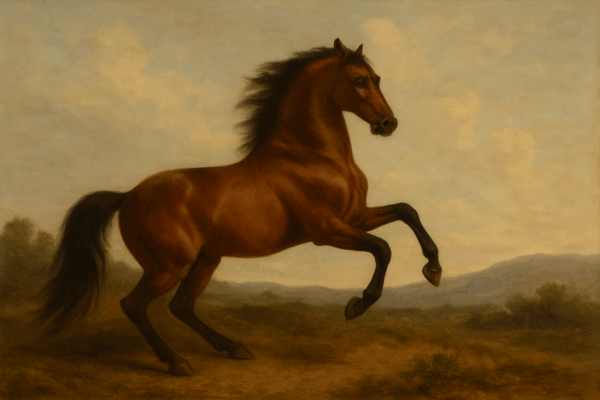
The Evolution of the Unicorn: From Ancient Philosophy to Pop Culture Icon

The unicorn, a creature with a single spiraled horn and a reputation for magic and purity, has captured human imagination for over two thousand years. But far from being born in fairy tales, the unicorn’s story begins in the world of ancient philosophy and early attempts to understand nature. Over time, this mysterious figure evolved—shaped by religion, science, art, and culture—into the glittering symbol of fantasy and individuality we know today.
Ancient Beginnings: Philosophy and Curiosity
The earliest written accounts of unicorn-like creatures come not from mythology but from ancient natural history. Greek writers described strange one-horned beasts said to live in distant lands, particularly in India. These creatures were portrayed as wild, horse-sized animals—sometimes with cloven hooves or the build of an ox—with a single, powerful horn on their forehead. It was believed that this horn could neutralize poison and cure disease.
These accounts weren’t meant to be fantasy. Greek and Roman scholars included these beings in serious texts, blending observation, hearsay, and imagination. Most likely, they were inspired by exotic animals like the Indian rhinoceros or antelope species with prominent horns. As these stories were passed along trade routes and through oral traditions, the idea of the unicorn began to take a more mythic shape.
Why the Unicorn Looks Like a Horse
Over time, especially in medieval Europe, the unicorn became increasingly tied to the image of the horse. This transformation wasn’t immediate—early descriptions varied widely—but as the unicorn took on symbolic and religious meaning, its appearance grew more graceful and idealized. Horses were already associated with nobility, power, and beauty. Merging the unicorn with equine features made the creature more relatable and visually elegant, while still retaining its sense of rarity and wonder. The result was the familiar image we know today: a slender, white, horse-like animal with a long, spiraled horn and a gentle demeanor. This fusion of the real and the fantastical gave the unicorn a form that was both believable and otherworldly.
Medieval Symbolism: Purity and the Divine
By the Middle Ages, unicorns had become deeply symbolic within Christian thought. According to religious writings and bestiaries—illustrated collections of animal lore—the unicorn represented purity and divine mystery. It was believed that only a virgin could tame a unicorn, an idea that was interpreted as an allegory for the Virgin Mary and the incarnation of Christ. This imagery appeared frequently in medieval art and literature, especially in tapestries and illuminated manuscripts.
One of the most famous artistic representations, The Hunt of the Unicorn tapestry series, shows the creature being chased, subdued, and ultimately brought to rest in a walled garden—a powerful metaphor for sacrifice, spiritual pursuit, and the taming of the untamable.
Renaissance Fascination and Scientific Debate
During the Renaissance, belief in unicorns continued even as science began to challenge older worldviews. Horns believed to come from unicorns—often actually narwhal tusks—were sold across Europe and treasured in royal courts. These “alicorns” were thought to have the power to detect poison and cure disease, and they were ground into powders, carved into drinking vessels, or kept as prized relics.
While skepticism was growing, many scholars still debated the unicorn’s existence. Biblical references to one-horned creatures were often cited as evidence, and the unicorn remained a fixture in encyclopedias of the natural world well into the 17th century.
Fantasy Literature and Cultural Rebirth
As scientific thinking became more dominant and natural myths were discarded, the unicorn began to move out of science and into storytelling. In literature, especially in the fantasy genre, unicorns became magical beings associated with hidden lands, innocence, and mystery. From classic fairy tales to modern novels, they remained symbols of beauty and the unreachable.
By the 20th century, unicorns had fully transformed into icons of fantasy and escapism. They were featured in children’s books, cartoons, and toys, taking on bright colors and whimsical traits. This was the era of glitter-covered unicorns, rainbow manes, and pastel dreamscapes—a softer, more commercial version of the once-sacred beast.
Unicorns Today: Symbol of Uniqueness and Identity
In the 21st century, the unicorn continues to evolve. No longer just a creature of fantasy or faith, it has become a symbol of individuality, queerness, and rarity. The term “unicorn” is now used in business to describe a privately-owned startup valued at over a billion dollars—something exceptional and difficult to find.
Unicorn imagery is also commonly associated with LGBTQ+ culture, where it represents uniqueness, pride, and embracing one’s identity. Across social media, the unicorn is a popular emblem for standing out, celebrating creativity, and pushing back against conformity. In a world overwhelmed by sameness, the unicorn reminds people to embrace what makes them different.
Why the Myth Endures
The unicorn endures because it is constantly reinvented. It has served as a symbol of truth, of faith, of healing, and of imagination. Though it never existed in the natural world, it has lived for centuries in the human mind as an expression of hope, beauty, and the impossible.
Its close resemblance to the horse gives it familiarity, but its horn gives it magic. It is this perfect balance between the real and the unreal that allows the unicorn to remain timeless, even in an age defined by technology and fact. Whether in medieval forests or digital memes, the unicorn still speaks to our deepest longing—for wonder, for meaning, and for the extraordinary.
sources
Pugh, Tison. Innocence, Heterosexuality, and the Queerness of Children’s Literature
TechCrunch: Aileen Lee, “Welcome to the Unicorn Club,” 2013
JSTOR Daily: “Why Unicorns Became a Pop Culture Sensation,” 2018
Kusukawa, Sachiko.
“The Role of Images in the Development of Renaissance Natural History,” Archives of Natural History, 2004
King James Bible, Old Testament (e.g., Numbers 23:22)
The Unicorn Tapestries, The Cloisters Collection, The Metropolitan Museum of Art
Barber, Richard. Bestiary: Being an English Version of the Bodleian Library, Oxford M.S. Bodley 764
Ctesias, Indica (fragments cited in Aelian’s De Natura Animalium)
Pliny the Elder, Natural History (Book VIII, 31)
© Rights Reserved.





.png)
